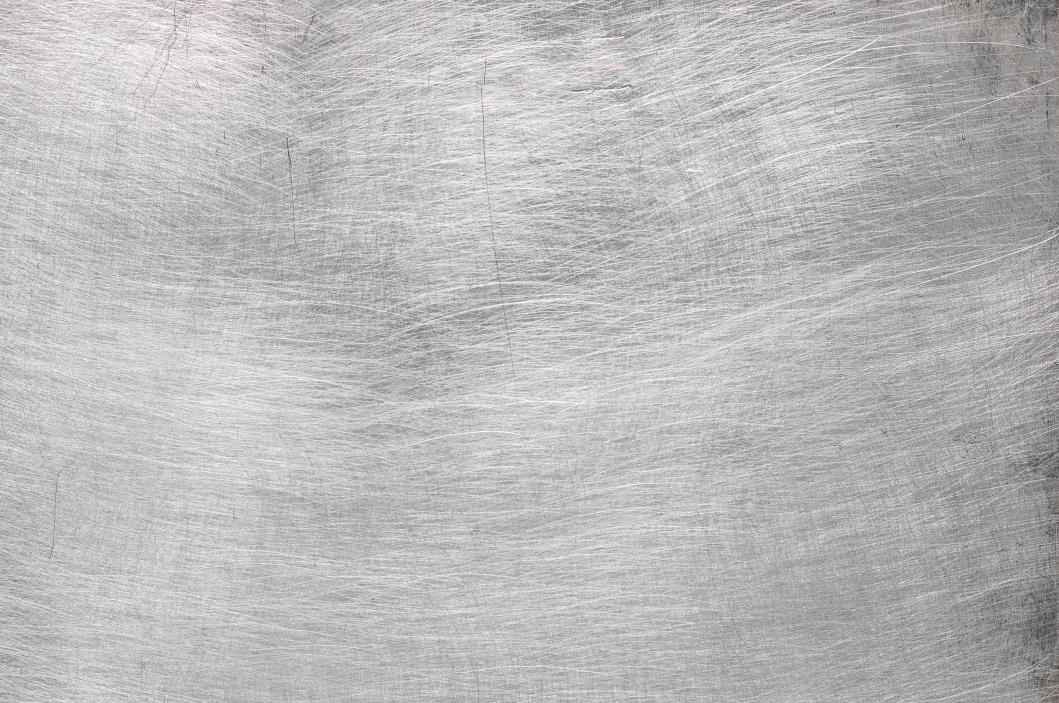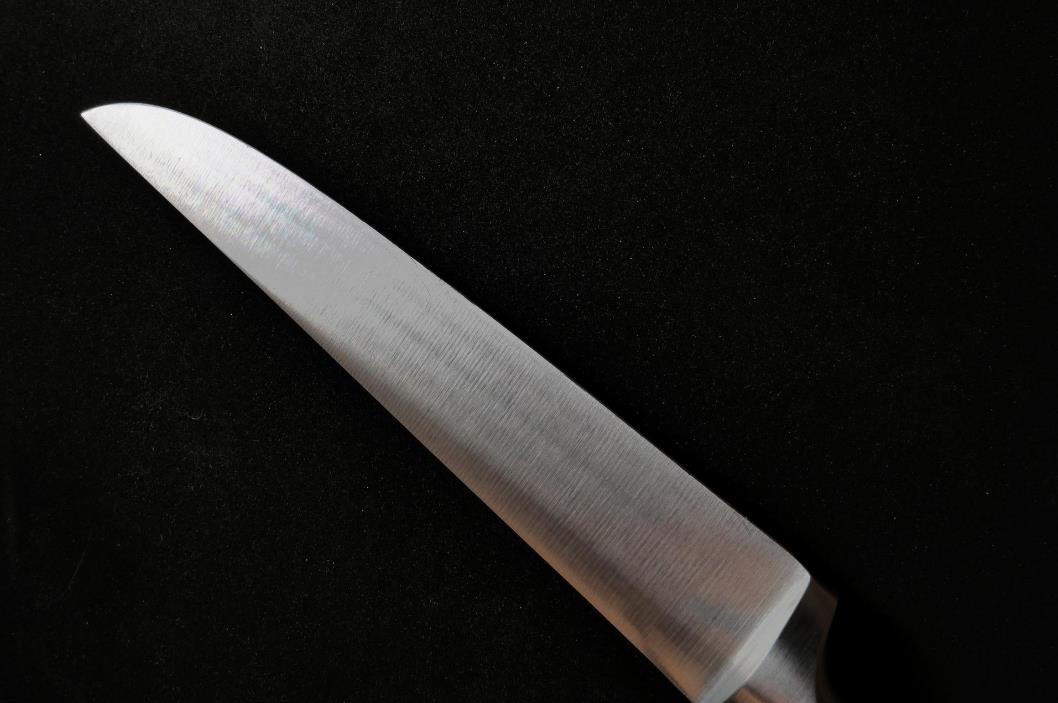9Cr18MoV is a popular steel developed in China. It’s significantly more affordable than similar alternatives. For the properties you get in a 9Cr18MoV steel, it definitely beats the competition for being at a modest price point.
It isn’t just the affordable price tag that makes 9Cr18MoV steel so popular. It offers exceptional performance for kitchen knives, EDC knives, and outdoor knives – all at an affordable price point. There is also a sizable number of surgical blades made from this steel.
This article will cover everything you need to know about 9Cr18MoV steel, explain why it’s popular, and go over its properties and features.
Table of contents
9Cr18MoV steel uses
9Cr18MoV steel is primarily used by knife manufacturers. Its corrosion resistance and edge retention performance for its price make it the most ideal for this purpose.
There is a wide range of blades made from 9Cr18MoV. You can find 9Cr18MoV steel in kitchen knives, cleavers, EDC knives, pocket knives, and even surgical blades.
9Cr18MoV steel chemical composition

- 0.95% Carbon: The most important steel alloy; it increases steel’s hardness, hardenability, and strength.
- 18.5% Chromium: It improves corrosion resistance by a large margin while improving hardness, tensile strength, and wear resistance.
- 1.3% Molybdenum: Although it doesn’t do it as much as carbon, molybdenum contributes to hardening the steel and increases strength. The best part is it accomplishes this by not increasing brittleness while improving corrosion resistance.
- 0.8% Silicon: Silicon is a deoxidizer that ensures that steel is free from defects and decays. It also enhances strength and hardness.
- 0.8% Manganese: Like silicon, manganese improves strength and hardness but to a higher degree. It also reduces brittleness and increases toughness at the same time.
- 0.6% Nickel: Corrosion resistance isn’t only achieved with chromium. Nickel also helps with this, but mainly at increased temperatures.
- 0.6% Nitrogen: Although most steels don’t contain this, nitrogen can help with hardness, tensile strength, and corrosion resistance.
- 0.12% Vanadium: At high temperatures, vanadium increases hardness. Additionally, it plays a significant role in improving strength, wear resistance, and hardenability.
- 0.04% Phosphorus: Phosphorus improves machinability and corrosion resistance. It can also help to harden but only with low carbon steel, which isn’t the case with 9Cr18MoV.
- 0.03% Sulfur: Sulfur is usually an undesired element that occurs naturally. However, low traces of it can help with machinability.
9Cr18MoV steel properties
Any steel’s chemical composition affects its properties. Here is what kind of performance you can expect from 9Cr18MoV steel, covering essential matters.
Hardness
9Cr18MoV is high carbon stainless steel. It’s expected from it to have satisfying hardness. On the Rockwell hardness scale, 9Cr18MoV is between 58 and 60 HRc, making it a hard one. Compared to other steel used for making blades, it’s at the right point where it can hold a sharp edge for long but isn’t too brittle either.
Wear resistance
The hardness isn’t the only thing that affects edge retention. It also plays a significant role in steel’s wear resistance. The harder the steel, the more challenging it becomes to shed material from it. While it’s good to know that 9Cr18MoV knives won’t show as many scratches, it affects the ease of sharpening. As the wear resistance of steel gets better, the more challenging it is to sharpen it.
Toughness
Another point that hardness affects is the overall toughness. This refers to the steel’s ability to absorb impact and energy without breaking or decaying.
In most cases, softer steels manage this better than harder ones. Since 9Cr18MoV is considerably hard, the toughness isn’t as great as its soft counterparts. Still, the addition of molybdenum and manganese reduces brittleness. These give us decent toughness, making it appropriate for most kitchen tasks, including chopping bones and other dense ingredients.
Rust resistance

9Cr18MoV steel’s corrosion resistance is more than adequate for the demands of both home and professional kitchen environments. With over 18% chromium and other alloys that improve corrosion resistance, 9Cr18MoV’s ability to keep rust at bay is on top of its game. It’s unlikely for a 9Cr18MoV steel kitchen knife to develop rust even when you neglect to care for extended periods.
How does 9Cr18MoV steel perform as a kitchen knife blade material?
By now, you should have a rough idea of what to expect from a 9Cr18MoV steel knife. Here is every other detail you need to know on the performance of 9Cr18MoV steel as a kitchen knife blade material.
Edge retention
A knife’s ability to keep a sharp cutting edge for long periods is at the center of decision-making for most cooks. If a knife isn’t able to sustain its sharp edge for long enough, it’s deemed an underperforming one. With the hardness you get in a 9Cr18MoV steel, edge retention is adequate for home cooks and professionals.
If you’re using your knives for minimal periods, a 9Cr18MoV knife’s edge retention can make you forget about sharpening altogether for a good while. This isn’t to say that the blades made from this steel won’t dull. The more you use the knife, the quicker you’ll need to sharpen it. Nevertheless, the edge retention of 9Cr18MoV is better than many other steel around the same price range.
Sharpening
As mentioned above, the wear resistance of steel affects the ease of sharpening directly. Since 9Cr18MoV is considerably hard and there are other alloys that add to this, it has great wear resistance. This means you’ll need to spend more time sharpening the blade than usual. Luckily, you won’t need to do it often as it can hold an edge for a satisfying duration.
When sharpening a rather hard to sharpen blade such as this one, make sure to use the proper sharpening tools. Although not as recommended, you can utilize a diamond sharpening stone for the fastest sharpening experience. For most kitchen knives, though, a standard whetstone will suffice. Read how to sharpen kitchen knives using a sharpening stone.
Corrosion resistance
9Cr18MoV has incredible corrosion resistance. Its ability to resist oxidation and rust is one of the reasons why it’s so popular among knife manufacturers. The high chromium content and other elements in the chemical composition contribute to this largely.
While 9Cr18MoV kitchen knives will keep the rust away, you should still continue keeping up with the care habits. To name a few, drying the blade when not in use and hand washing are enough measures to have it shining always. These care routines are more needed for carbon steel knives, and neglecting them can hurt the blades.
Life expectancy
9Cr18MoV knives have fantastic wear resistance, satisfactory corrosion resistance, and great edge retention. These three are enough to say that a 9Cr18MoV kitchen knife with proper upkeep will last you for years. Unless you’re using the knife for something other than its intended purposes, you will have it performing at its best for years.
When using any knife, evaluate its purpose. For example, using your chef’s knife to chop bones continually can result in chips that can ruin the blade. Keep in mind the knife’s purpose and consider adding more to your knife arsenal if you find yourself needing additional blades.
Conclusion: Is 9Cr18MoV a good kitchen knife blade material?
9Cr18MoV is an excellent steel for both home cooks and professionals. It has fantastic edge retention and corrosion resistance and is durable enough for pretty much all kitchen tasks.
Without a doubt, 9Cr18MoV performs well, but it does this at a more affordable price range than other similarly fulfilling steel. The accessibility and modest price of 9Cr18MoV are the top reasons for its extreme popularity. If you’re looking for a moderately priced kitchen knife or any other, 9Cr18MoV has one of the best price and performance ratios.
9Cr18MoV vs. 440 series

The type 440 series and 9Cr18MoV share a fair amount of similarities. However, not all steel in the 440 series compares with 9Cr18MoV. The type 440 steel series from the highest to lowest carbon amount are 440A, 440B, 440C, and 440F.
If we were to compare all the above mentioned steels as a kitchen knife material, 440C would have the best edge retention but struggle to get to the sharpness of 9Cr18MoV. As 440C is a better knife material for other steels in the same series, it’s not even worth considerating to compare them with 9Cr18MoV.
Overall, 440C is the most suited material for kitchen knives in the 440 series. There aren’t significant differences aside from the better sharpness, toughness, and sharpening ease in 9Cr18MoV and more pleasing edge retention and wear resistance in 440C steel.
9Cr18MoV vs. VG-10
VG-10 steel is mainly used for Japanese kitchen knives and has similar properties as 9Cr18MoV. Somewhat old steel, VG-10 has been a dominant figure in Japanese kitchen knives for the last 60 years. Although the composition of VG-10 isn’t as complex as 9Cr18MoV, it has more carbon and molybdenum in addition to 1.5% cobalt. These figures make VG-10 harder than 9Cr18MoV, where it can reach up to 61 HRc hardness.
When put side by side, VG-10 and 9Cr18MoV don’t have significant differences. VG-10 can have a sharper edge but can’t hold it as long as 9Cr18MoV. As VG-10 is more prominent in Japanese knives, this trade-off is favored as Japanese cuisine requires more delicate cuts than others. Both perform about the same at corrosion resistance, but sharpening 9Cr18MoV relatively takes less time.
Final verdict
9Cr18MoV is a high-end Chinese high carbon stainless steel that offers exceptional performance for its price. However, because it performs remarkably well, some knife manufacturers take advantage of this and price their products more than they should. Watch out for these bad industry practices regardless of where you’re buying your knives.
Be sure to check our handmade collection and read more on other types of steel from the HDMD Blog.









